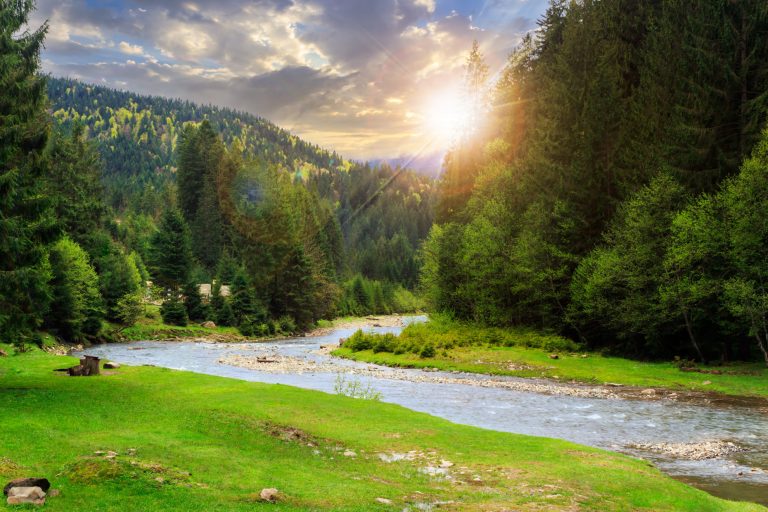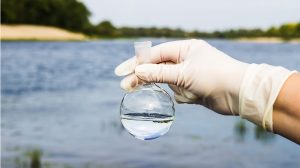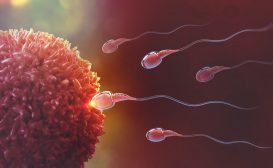Running Water Freshwater Community Factors

Physical and chemical factors on a running water ecosystem
This tutorial continues from the previous one, which introduced lotic (running water) communities. Here, some of the physical and chemical factors that provide the framework of a running water community in which organisms in their favored ecological niches occupy are presented.
- Temperature – The difference between running water and still water temperature is that running water communities’ temperature varies more rapidly but over a smaller range. In Summer, water from the source of the river is usually colder than the water found at the delta because it has not been exposed to the warm air heated by the sun. The reverse occurs in Winter where water is warmer until exposed to the colder air.
- Light – On the whole, less light penetrates a running water body due to ripples in the water, debris blocking out sunlight to lower layers as well as overhanging shrubs that perhaps are taking advantage of a tributary water source. These are all examples of how the intensity of light reaching the lotic community can be affected, and in turn, directly affects the rate of photosynthesis done by plants in the community.
- Chemical Composition – Many factors can alter the chemical composition of the freshwater environment, including precipitation, the percolation of water via vegetation and sea spray to name a few. All in all, various elements and compounds are required by organisms in their daily activities and fluctuations or even an absence of such elements and compounds results in a direct effect on the lives of such organisms.
- Organic Matter – Organic matter previous external to the running water environment can also play a part in altering the ecosystem. This mostly occurs due to overhanging vegetation, although organic matter can be drawn into the ecosystem by the various sources mentioned in the previous tutorial.
Such factors all play a part in the lives of animals and plants occupying the lotic environment. The next tutorials, e.g. Lotic Communities & Algae, look at how plants and animals exist in such an ecosystem.
You will also like...

Meiosis – The Genetics of Reproduction
Meiosis is a form of cell division that creates gametes. It is comprised of two divisions that in the end, the resulting..

Freshwater Ecology
Freshwater ecology focuses on the relations of aquatic organisms to their freshwater habitats. There are two forms of co..

Water in Plants
The movement of molecules (specifically, water and solutes) is vital to the understanding of plant processes. This tuto..

Biological Cell Introduction
It only takes one biological cell to create an organism. A single cell is able to keep itself functional through its 'mi..

Control of Body Movement
Some of the body movements can be controlled at will, others cannot. The body has a motor program, which is the pattern ..

Human Reproduction and Fertilization
For human species to obviate extinction, reproductive mature adults should be producing viable offspring in order to con..
